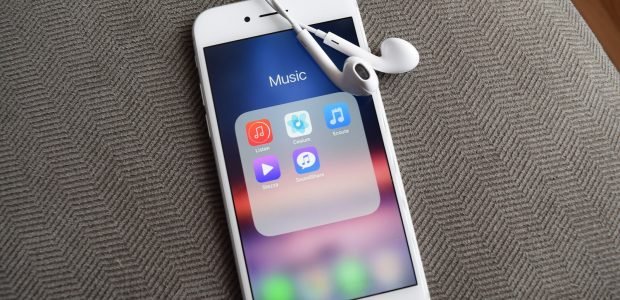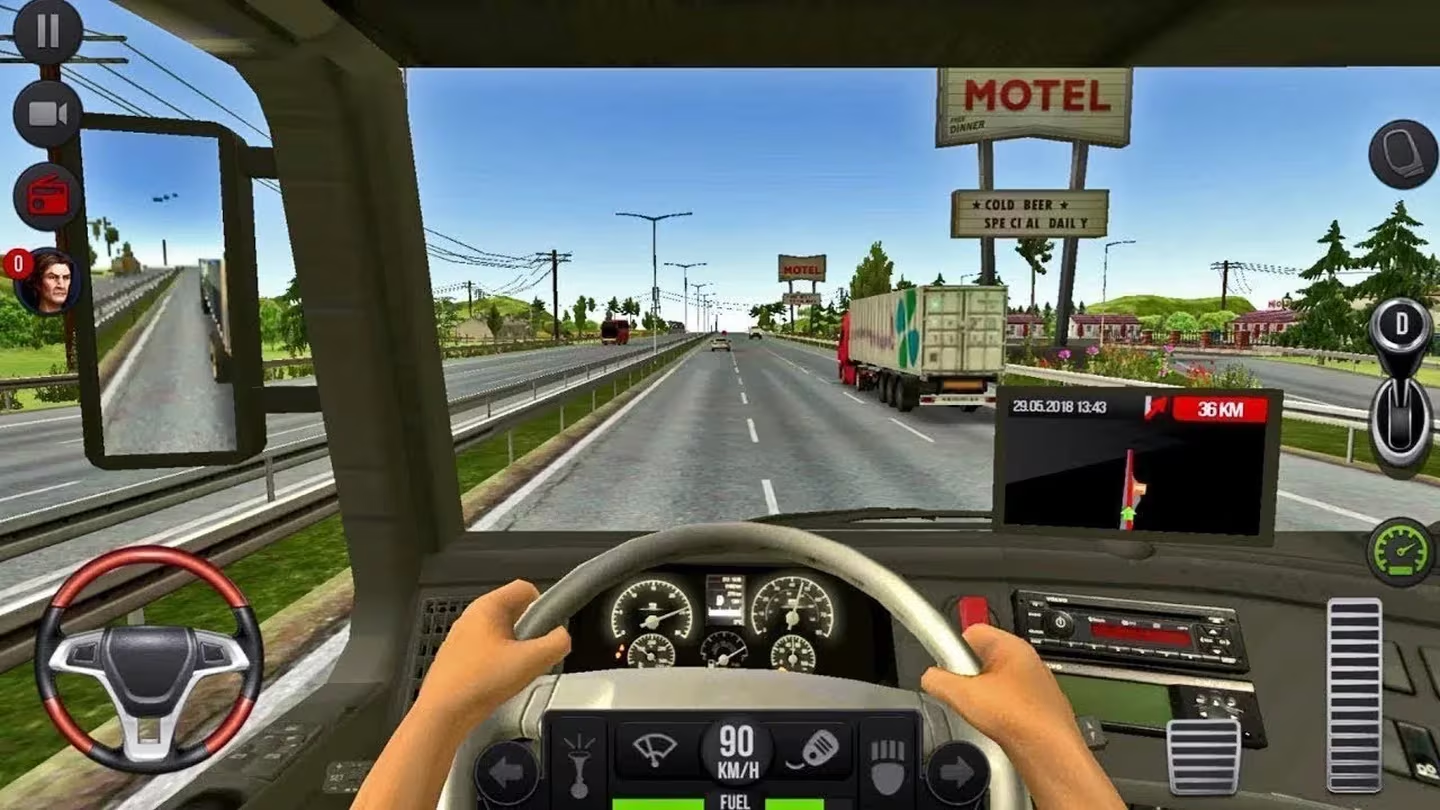Losing photos is a common and frustrating problem that can occur for a variety of reasons, such as accidental deletion, device failure, or even malware attacks. Fortunately, there are many aplicativos para recuperar fotos apagadas available to help restore your memories. These apps are designed to scan your device for deleted files and attempt to recover them. In this article, we'll explore some of the best options and provide guidance on how to use them to maximize your chances of success.
When you realize that an important photo has been deleted, the first thing that comes to mind is how to recover it quickly. Often, photo recovery is not as simple as it seems, as it depends on the state of the device and the time since deletion. However, with the help of aplicativos para recuperar fotos apagadas, you can significantly increase your chances of success. These apps vary in functionality and complexity, so it's crucial to choose one that meets your specific needs.
In addition to its effectiveness, other factors to consider when choosing an app include compatibility with your device, ease of use, and data security. The next step is to understand how these applications work and which are the best available on the market. Keep reading to discover the most recommended options and how to use them correctly.
1. Dr.Fone – Data Recovery
O Dr.Fone – Data Recovery is one of the most popular apps to recover deleted photos. It offers an intuitive interface and supports a wide range of devices, including Android and iOS smartphones. The recovery process is quite simple: just connect your device to your computer, launch the application and follow the instructions to scan and recover your lost photos.
One of the main advantages of Dr.Fone is its ability to recover data from different types of devices and file formats. The application performs a deep scan of your device, identifying deleted files that may still be recoverable. Additionally, it offers preview options, allowing you to see which photos can be recovered before starting the restoration process.
Dr.Fone also has a free version that allows you to test the software before deciding to purchase. However, for full access to functionalities and unlimited photo recovery, the paid version is recommended. Customer support is efficient and there are many tutorials available to help with any issues that may arise during use.
2. EaseUS MobiSaver
Another highly recommended application is EaseUS MobiSaver. It is known for its ability to recover photos and other types of data with a very high success rate. EaseUS MobiSaver is available for both Android and iOS and offers a free version that may be sufficient for users who need a basic recovery.
How EaseUS MobiSaver works is quite simple. After installing the application, you must connect your device to the computer and start the program. The app will scan your device for deleted photos and other files, displaying a list of items that can be recovered. The free version allows you to preview recoverable files, but to restore data, you will need to purchase the Pro version.
A differentiator of EaseUS MobiSaver is its ability to recover data from memory cards and external drives, which is useful if you have lost photos stored on removable media. Customer support is solid, with many online resources available to help troubleshoot any issues that may arise.
3. DiskDigger
For those looking for an effective and easy-to-use solution, the DiskDigger is an excellent choice. This application is known for its simplicity and effectiveness in recovering deleted photos. It is available for Android devices and can be downloaded directly from the Google Play Store.
DiskDigger scans your device in two steps: a quick scan for files that were recently deleted and a deep scan for files that were deleted a long time ago. The deep scan is more detailed and can find photos that were deleted months ago. Furthermore, DiskDigger offers a user-friendly interface that makes the recovery process easier, even for less experienced users.
One of the main advantages of DiskDigger is its ability to recover photos from formatted memory cards, and it also supports a variety of image formats. The free version offers basic functionality, but the paid version unlocks additional features, such as cloud file recovery and exporting photos to online services.
4. PhotoRec
For users who prefer an open source option, the PhotoRec is an excellent alternative. This application is known for its effectiveness in recovering a variety of file types, including photos. It is compatible with a wide range of operating systems such as Windows, macOS and Linux.
PhotoRec is a little more technical than other options, but it offers robust data recovery. It works by scanning your device for deleted files and recovering them without modifying the original file system. PhotoRec's interface is command-line based, which can be challenging for less experienced users, but it offers detailed and effective recovery.
In addition to recovering photos, PhotoRec can recover a wide range of other files, such as videos and documents. As an open-source tool, it is completely free, making it an attractive option for those looking for a no-cost solution.
FAQ – Frequently Asked Questions
1. Is it possible to recover permanently deleted photos?
Yes, it is possible to recover permanently deleted photos, but the chance of success depends on the time that has passed since deletion and the continued use of the device. Specialized applications can increase the chances of recovery, especially if the data has not been overwritten.
2. Are all recovery apps the same?
No, recovery apps vary in functionality, compatibility, and success rate. It's important to choose one that is compatible with your device and meets your specific needs.
3. Do I need to pay to recover my photos?
Many applications offer free versions that allow you to test their functionality. However, for advanced features and full recovery, you may need to purchase the paid version.
4. Can I recover photos from a damaged memory card?
Yes, many recovery applications can deal with damaged or formatted memory cards, but success may vary. Make sure you use an application that supports recovery from removable media.
5. How to avoid losing photos in the future?
To avoid losing photos, make regular backups of your data to cloud services or external media. It's also important to keep your device protected from malware and other risks.
Conclusion
You aplicativos para recuperar fotos apagadas They are valuable tools for those who want to restore lost memories. Choosing the right app can make all the difference in the effectiveness of your recovery. Dr.Fone, EaseUS MobiSaver, DiskDigger and PhotoRec are some of the best options available, each with its own features and advantages.
We hope this guide has helped clarify how to use these apps and which are the best options for your needs. If you have any questions or suggestions, please leave a comment below. Your opinion is important to us and will help improve future content.




